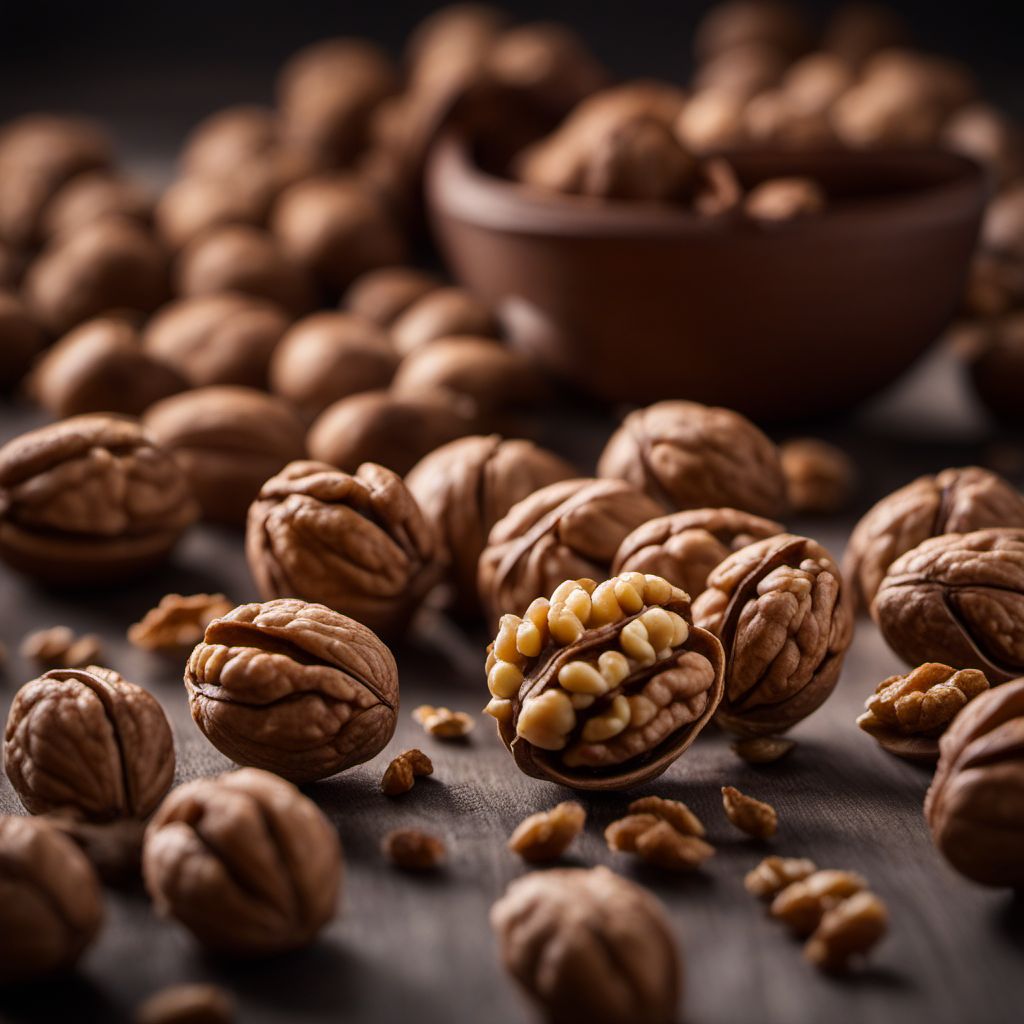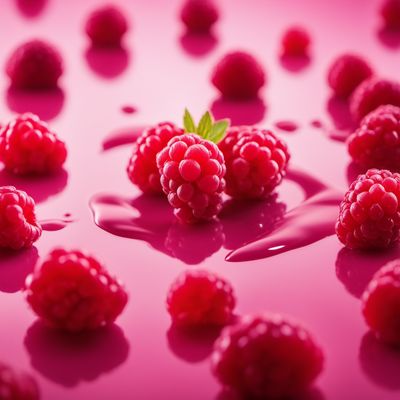
Ingredient
Walnut flavour
Nutty Elegance
Walnut flavor is characterized by its distinct nutty and earthy taste, which adds depth and complexity to recipes. It can be used in both sweet and savory dishes, ranging from baked goods like cookies and cakes to salad dressings, sauces, and even meat marinades. The flavor is often described as rich, aromatic, and slightly bitter, providing a unique twist to traditional recipes.
Origins and history
Walnuts have a long history dating back thousands of years, with origins in the regions of Central Asia and the Mediterranean. They were highly valued by ancient civilizations, including the Greeks and Romans, who considered them a symbol of intellect and fertility. Over time, walnuts spread to different parts of the world, becoming an integral part of various cuisines and cultures.
Nutritional information
Walnut flavor offers a good source of healthy fats, including omega-3 fatty acids, which are beneficial for heart health. It also provides essential vitamins and minerals such as vitamin E, magnesium, and copper. However, it is important to note that walnut flavorings may not provide the same nutritional benefits as consuming whole walnuts.
Allergens
May contain allergens such as tree nuts.
How to select
When selecting walnut flavor, opt for high-quality brands that use natural ingredients and extracts. Look for products that are labeled as pure walnut flavor or extract, without any artificial additives or sweeteners. Consider the intensity of the flavor you desire, as some products may have a stronger or milder taste. Additionally, check the expiration date to ensure freshness.
Storage recommendations
To maintain the freshness and flavor of walnut flavor, it is best to store it in a cool, dry place away from direct sunlight. Keep the bottle tightly sealed when not in use to prevent exposure to air and moisture. Proper storage can help preserve the quality and extend the shelf life of the flavoring.
How to produce
Walnut trees can be grown in suitable climates, and with proper care and maintenance, they can produce a bountiful harvest of walnuts. However, producing walnut flavor requires specialized extraction techniques that are typically done on a commercial scale.
Preparation tips
Walnut flavor can be used in a variety of recipes. In sweet dishes, it can be added to baked goods such as cookies, cakes, and muffins to impart a nutty twist. It can also be used in frostings, ice creams, and chocolates for a rich and aromatic flavor. In savory dishes, walnut flavor can be incorporated into salad dressings, marinades, or sauces to enhance their taste. It can even be used in cocktails or beverages for a unique and sophisticated touch.
Culinary uses
Walnut flavor is commonly used in both Western and Eastern cuisines, where it is appreciated for its versatility and ability to elevate dishes. It is widely available in supermarkets, specialty food stores, and online retailers, making it accessible to home cooks and professional chefs alike.
Availability
Worldwide
More ingredients from this category » Browse all

Amaretto flavour
The Almond Elixir: Unveiling the Enchanting Amaretto Flavour

Berries flavour
"Nature's Burst of Berry Bliss"

Citrus flavour
The Zesty Essence: Exploring the World of Citrus Flavors

Black tea flavour
Unveiling the Essence: Exploring the Aromatic World of Black Tea Flavor

Raffaello flavour
The Delicate Bliss: Raffaello Flavour

Ketchup flavour
Tangy Tomato Twist: Exploring the World of Ketchup Flavour

Peanut butter flavour
Nutty Bliss: Exploring the World of Peanut Butter Flavor

Raspberry flavour
The Luscious Raspberry Flavour

Strawberry yoghurt flavour
The Delightful Tang of Strawberry Yoghurt

Apricot flavour
"The Essence of Sun-Ripened Apricots: Exploring the Delightful Apricot Flavour"

Lemon flavour
The Zesty Essence

Chestnut flavour
The Nutty Delight: Chestnut Flavour